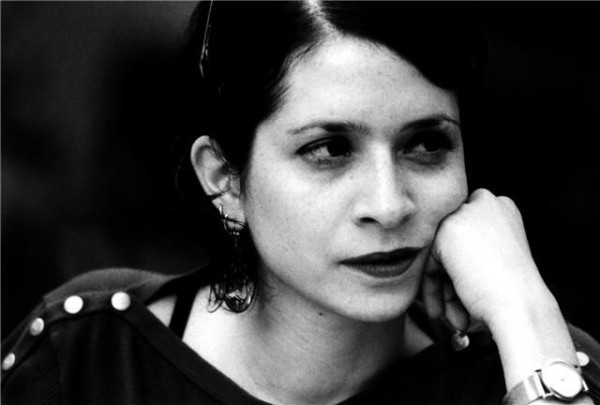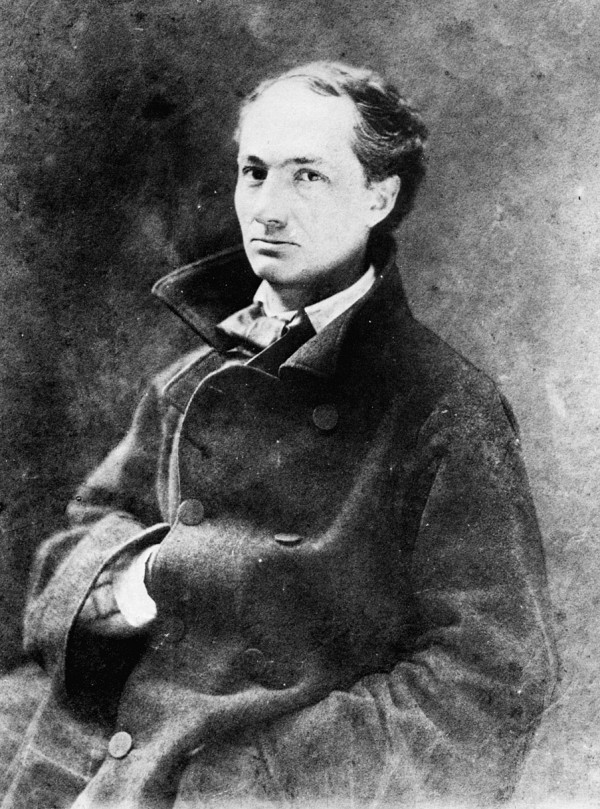Quitting the real

Bookslut interview Chloe Aridjis.
Certainly an inspiration for the first novel was a book of Joseph Roth’s brilliant essays on Berlin, written in the 1920s and the deepening shadows of the early ’30s; although he was writing about what he observed around him, they of course reveal a great deal of the author himself. The same could be said of Robert Walser’s and Walter Benjamin’s Berlin. The more infused a city’s portrait is with the author’s own spirit, the better.




